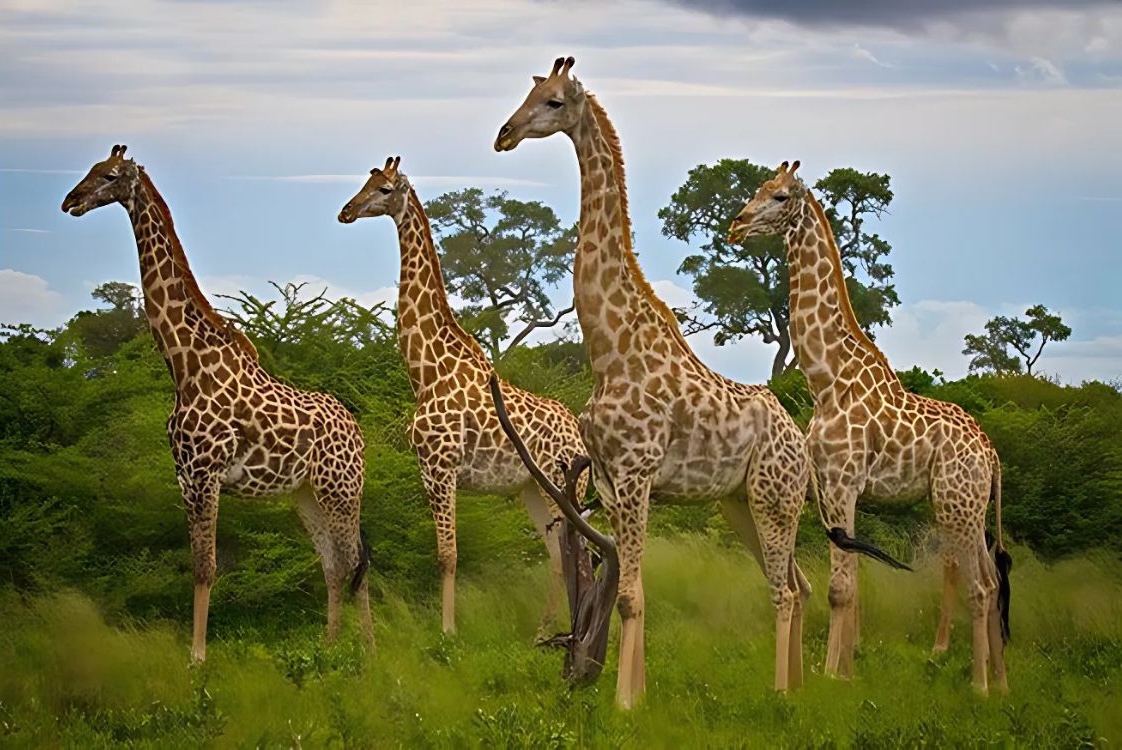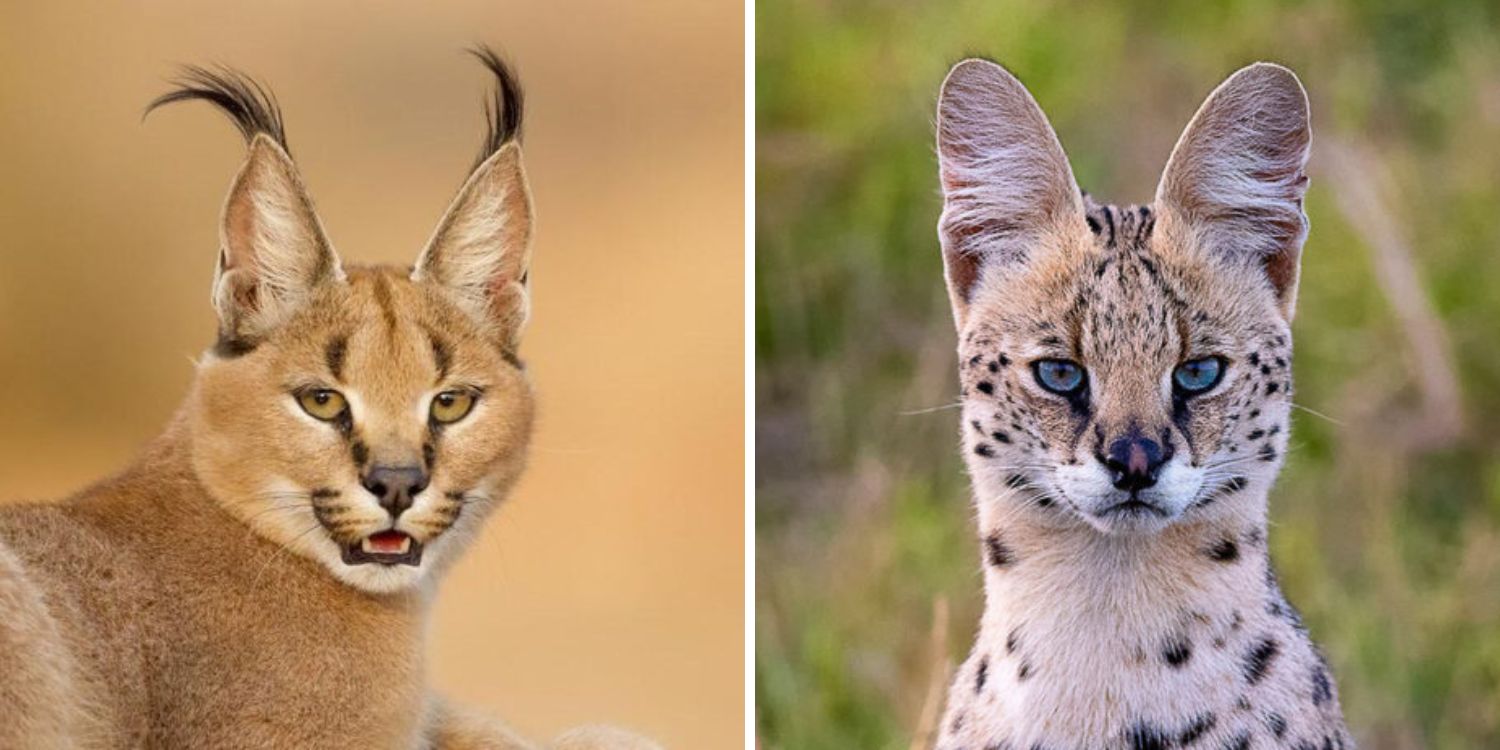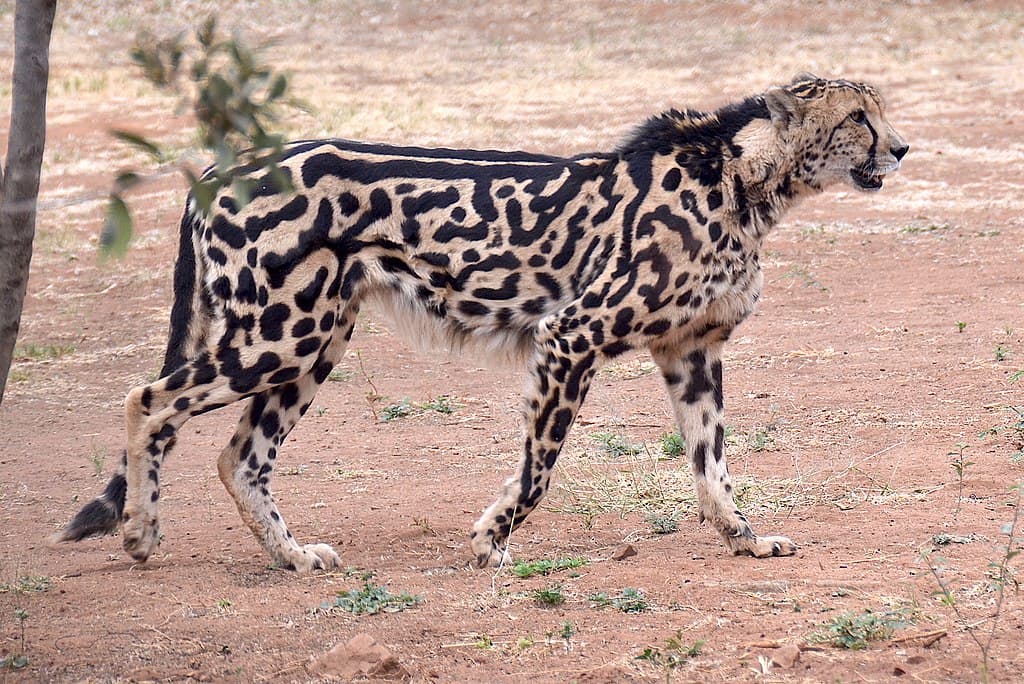
What is a spirit bear?
A spirit bear, also known as a Kermode bear (Ursus americanus kermodei), is a rare subspecies of the North American black bear found primarily in the coastal rainforests of British Columbia, Canada. They are named for their distinctive white or cream-colored fur, which stands out in contrast to the typical black fur of their close relatives.
Here’s a closer look at these fascinating creatures:
Appearance:
- Fur: The most striking feature of spirit bears is their fur. Unlike typical black bears, they have white or cream-colored fur, ranging from pure white to a yellowish-cream. This unique fur color is caused by a recessive gene.
- Size: Spirit bears are similar in size to typical black bears, ranging from 4.5 to 6 feet tall at the shoulder and weighing up to 600 pounds.
- Other features: Despite their fur color, spirit bears share many physical characteristics with other black bears, including black noses, brown eyes, and large claws.
Habitat:
- Spirit bears are found primarily in the coastal rainforests of British Columbia, Canada, particularly on Princess Royal and Gribbell Islands.
- They prefer areas with dense forests, abundant salmon streams, and a variety of berries and other food sources.
Diet:
- Spirit bears are omnivores, meaning they eat both plants and animals.
- Their diet mainly consists of salmon, berries, sedges, and other vegetation.
- They are skilled hunters and opportunistically prey on small mammals, insects, and carrion.
Behavior:
- Spirit bears are typically solitary animals, except for mothers with cubs.
- They are most active during the day and spend their nights sleeping in dens or tree cavities.
- Like other bears, they are excellent climbers and swimmers.
Spirituality and Symbolism:
- First Nations communities in British Columbia have long revered spirit bears as sacred animals, considering them symbols of strength, wisdom, and transformation.
- The spirit bear is the official provincial mammal of British Columbia.
Conservation Status:
- Spirit bears are classified as a vulnerable species by the International Union for Conservation of Nature (IUCN).
- Habitat loss, hunting, and human-bear conflicts are the main threats to their survival.
- Conservation efforts are underway to protect spirit bears and their habitat.
Further Resources:
- Spirit Bear Youth Society
- Spirit Bear Foundation
- World Wildlife Fund Canada: Finding the Spirit of the Great Bear
- British Columbia Wildlife Guide: Spirit Bear Facts
We hope this information helps you learn more about these amazing creatures!
More photos below.












